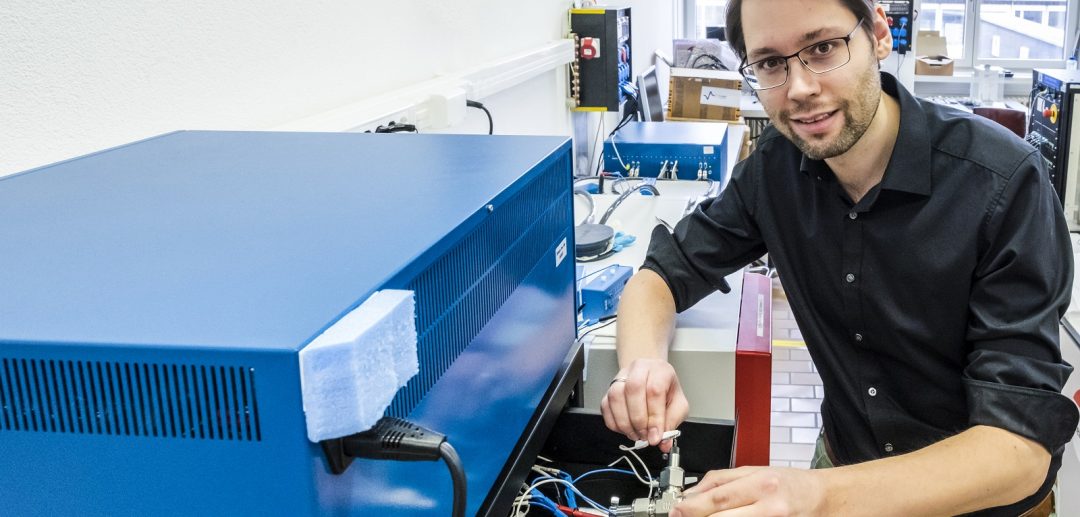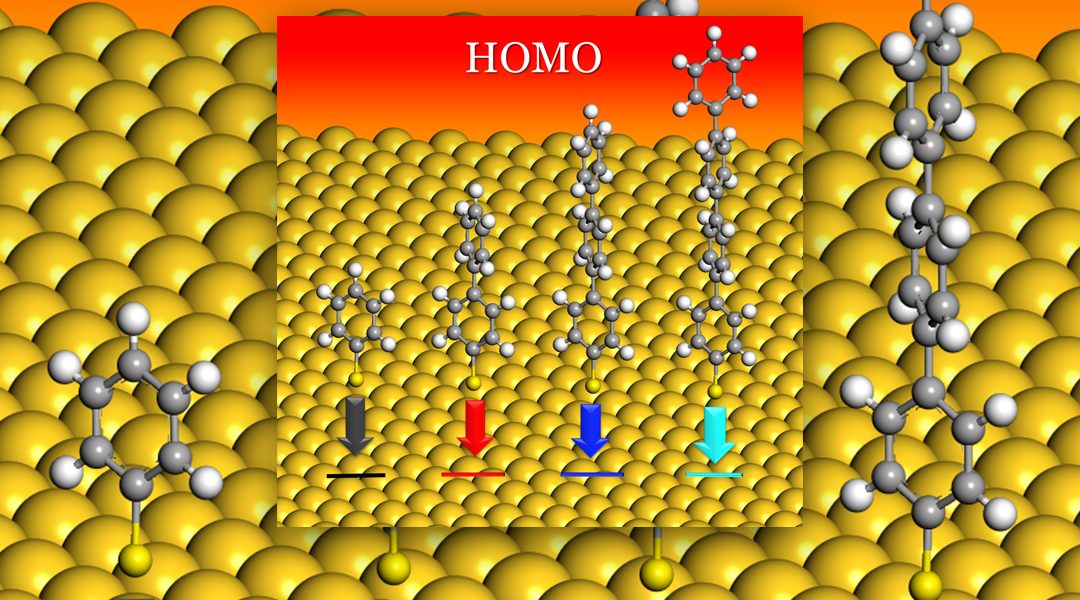Capacitive pressure sensors created from silica nanoparticles dispersed in a dielectric polymer matrix force a rethink of device design.


Capacitive pressure sensors created from silica nanoparticles dispersed in a dielectric polymer matrix force a rethink of device design.
![A Hybrid Hydrogel Ink for Smart Materials [Video]](https://www.advancedsciencenews.com/wp-content/uploads/2018/02/adfm201705365_ASM_image.png)
A functional hybrid ink for 3D-printed hydrogels is developed by Shlomo Magdassi from the Hebrew University of Jerusalem, Yi Long from Nanyang Technological University, and their colleagues. Their simple approach enables the printing of smart materials with high flexibility.

Metamorphic and stretchable electronics applications were developed by researchers from the Technical University of Ilmenau, which enable new 3D shapes and new form factors for electronics applications.
![A Detailed Study of Misfit Dislocations in Complex Oxides [Video]](https://www.advancedsciencenews.com/wp-content/uploads/2018/02/adfm201704437_ASN_image.png)
A team of researchers combine atomic resolution imaging and spectroscopic techniques to determine the structure of misfit dislocations in a perovskite-type heteroepitaxial system. The results shed light on the complex chemical behavior of misfit dislocations formed at the interface between two multinary oxides.

Merck launches joint project together with partners in industry and science to conduct basic research on quantum materials as light sources.

Inexpensive and stable: Water could form the basis for future particularly inexpensive rechargeable batteries.

A novel technology to display information on transparent screens offers new opportunities in next-generation electronics, such as augmented reality devices, smart surgical glasses, and smart windows.
![High-Performance Hybrid Capacitors for Aqueous Electrochemical Energy Storage [Video]](https://www.advancedsciencenews.com/wp-content/uploads/2018/02/aenm201702895_ASN_image2.png)
Researchers from Korea Advanced Institute of Science and Technology (KAIST) introduce an aqueous electrochemical energy storage system based on a polyaniline/rGO anode and NiO/rGO cathode. The system demonstrates ultrafast charging of a flexible wearable kit and light-emitting diode.

Repeatedly bringing a leaf into contact with a plastic sheet makes a useful electic current, which can be used to power various electronic devices.

New information about molecular electronics is revealed after conducting DFT simulations.